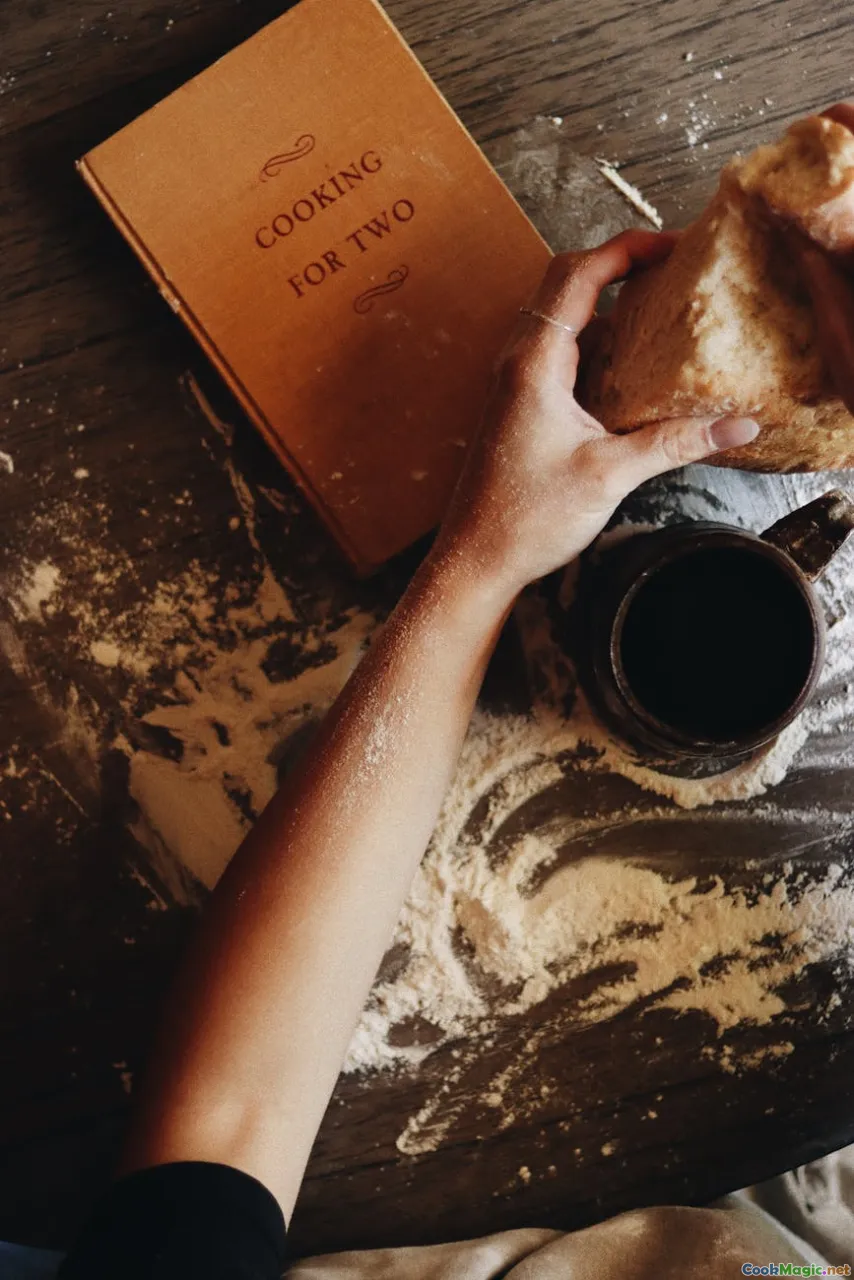Exploring the Flavorful World of Dominican Pasteles
8 min read Discover the rich history, vibrant flavors, and cultural significance of Dominican pasteles in this immersive culinary journey. May 13, 2025 21:00
Exploring the Flavorful World of Dominican Pasteles
Imagine the aroma of freshly steamed plantains, the vibrant colors of seasoned pork, and the rhythmic chatter of family members gathered together—this is the heartbeat of Dominican pasteles. These traditional delicacies are more than just food; they are a tapestry of history, culture, and shared memories that have been woven through generations in the Dominican Republic.
An Introduction to Pasteles: More Than Just a Dish
In the Dominican Republic, pasteles are a cornerstone of festive celebrations, especially during Christmas and special family gatherings. They embody the warmth of community, the depth of tradition, and the artistry of culinary craftsmanship. As a food lover who’s traveled across the Caribbean, I’ve found that each bite of a pastel carries stories of ancestors, land, and resilience.
Their appearance is modest—wrapped in banana leaves, often resembling small packages of love—but inside lies a complex mosaic of flavors and textures that captivate the senses.
The Cultural and Historical Significance
Roots in African, Spanish, and Indigenous Traditions
Dominican pasteles are a beautiful testament to the island’s diverse cultural influences. The use of plantains and yuca roots reflects indigenous Taíno ingredients, while the seasoned pork and spices nod to Spanish culinary heritage. African culinary techniques and flavors also play a role, especially in the seasoning and preparation methods.
A Symbol of Community and Celebration
Preparing pasteles is seldom a solitary task. It’s a communal art, often involving entire families or neighborhoods working together—peeling, grating, mixing, and wrapping. This collective effort transforms cooking into a social event, fostering bonds that extend beyond the kitchen.
Ingredients: The Heart of Dominican Pasteles
Primary Components
- Green Plantains: The backbone of the masa (dough), providing a mild sweetness and a dense, pliable texture.
- Yuca (Cassava): Adds elasticity and a subtle earthiness.
- Seasoned Pork: Typically ground or shredded, seasoned with garlic, oregano, and achiote for color.
- Vegetables: Onions, bell peppers, and sometimes tomatoes for flavor.
- Spices: Oregano, cumin, and sometimes cloves contribute depth.
- Banana Leaves: Used for wrapping, imparting a subtle aroma during steaming.
Optional Add-ins
Some families include small amounts of raisins, olives, or capers for additional bursts of flavor, reflecting personal and regional variations.
The Art of Making Pasteles: A Step-by-Step Journey
1. Preparing the Masa
The process begins with peeling and grating the green plantains and yuca. These are then mixed with a bit of pork fat or oil to create a smooth, pliable dough. The mixture must be seasoned carefully, balancing salt, garlic, and herbs.
2. Cooking the Filling
The seasoned pork is cooked with onions, peppers, and spices until tender. Some cooks prefer to fry the mixture slightly to deepen the flavors, while others simmer gently to preserve moisture.
3. Assembling the Pasteles
A banana leaf is cut into squares, wiped clean, and softened by briefly passing over a flame or hot water. A portion of masa is spread on the leaf, topped with a spoonful of pork filling, then covered with more masa.
4. Wrapping and Tying
The banana leaf is folded carefully into a tight parcel, often secured with kitchen twine or toothpicks. The goal is to ensure the package is snug, preventing any leakage during steaming.
5. Steaming
The wrapped pasteles are placed in a large pot with boiling water, covered, and steamed for about 1.5 to 2 hours. The steam infuses the packages with a fragrant aroma, and the masa becomes tender, flavorful, and infused with the essence of the banana leaves.
Serving and Savoring
Once cooked, pasteles are unwrapped carefully, revealing a beautifully textured, aromatic package. They are best enjoyed hot, accompanied by a simple side of rice and beans or a fresh salad.
The first bite offers a delightful contrast—the soft, slightly sticky masa balancing the savory, juicy pork filling, all infused with the earthy aroma of banana leaves. The texture is a harmonious blend of tender and chewy, with layers of flavor that unfold with each chew.
Personal Reflections and Variations
Having had the pleasure of tasting authentic Dominican pasteles in both bustling city markets and quiet family kitchens, I can attest to their comforting power. Every family has its secret tweaks—adding a hint of sweetness here, a dash of extra seasoning there—that make each pastel unique.
In some regions, cooks incorporate seafood or different meats, showcasing regional diversity. The art of making pasteles is alive and evolving, yet rooted in tradition.
The Significance Beyond the Plate
Eating pasteles is an act of cultural preservation. It’s a way for Dominicans to connect with their roots, celebrate their heritage, and pass traditions to new generations. For visitors, it offers a delicious entry point into the soul of the island.
Conclusion: A Culinary Treasure
Dominican pasteles are more than just a dish—they are a celebration of history, community, and resilience. Each batch tells a story, each bite evokes memories, and each shared meal strengthens bonds. Whether you’re a seasoned chef or a curious food lover, exploring the world of pasteles invites you into a rich tapestry of flavors and cultural narratives that continue to thrive on the islands and beyond.
So next time you encounter these humble parcels wrapped in banana leaves, remember—they carry the spirit of a vibrant culture eager to share its stories, one delicious pasteles at a time.









